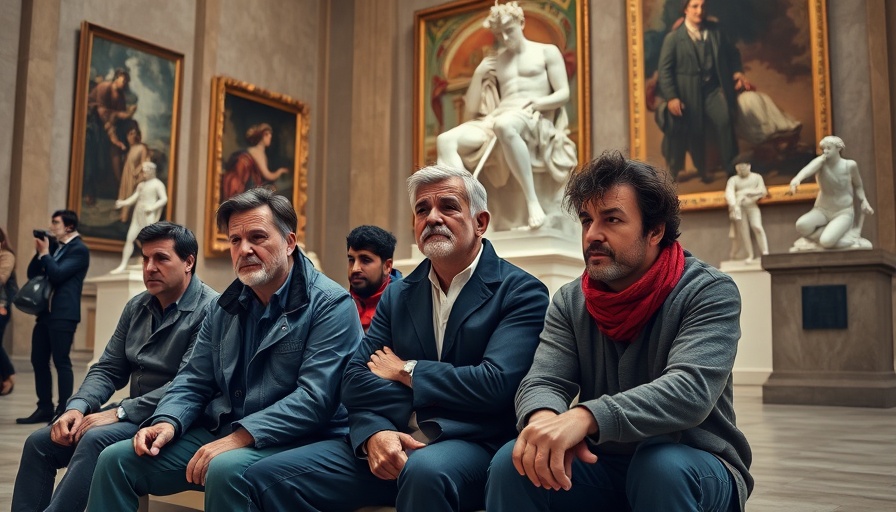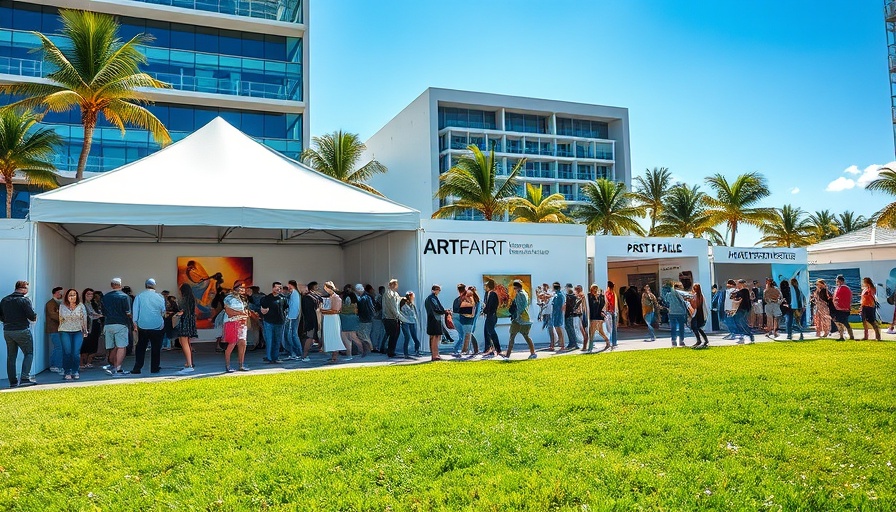
Climate Activism in the Spotlight: An Unusual Approach
The recent conviction of Timothy Martin, a climate activist who vandalized a Degas sculpture at the National Gallery of Art, has stirred a heated debate in the realm of activism. With environmental issues mounting daily, Martin's method of bringing attention to climate crisis through acts of vandalism raises the question: are extreme measures justified in the fight for the planet's future?
A Shocking Incident at a Renowned Museum
In April 2023, Martin, alongside fellow activist Johanna Smith, targeted the iconic sculpture "Little Dancer, Age Fourteen," leading to significant damage and public outcry. The two activists reportedly caused over $4,000 worth of damage, prompting immediate museum closure for repairs. The repercussions of their actions extended beyond mere fines; they disrupted a vital cultural appreciation site, affecting visitors and art lovers alike.
The Ripple Effect of the Conviction
Now found guilty of conspiracy and injury to a National Gallery exhibit, Martin's sentence reflects a larger trend observed in the U.S. under the Trump administration, where activism aimed at raising awareness of climate change becomes increasingly criminalized. This situation shifts the perception of art as not just a medium of expression but also as collateral in climate debates.
Historical and Cultural Context: The Intersection of Art and Activism
The act of targeting cultural heritage sites to push political agendas is not unprecedented. Throughout history, artists and activists have clashed with authorities in their quests for social or environmental change. From the protests in the 1960s that targeted war memorials to contemporary digital art movements advocating for climate action, the line between preservation and provocation blurs. What will it take for true dialogue to emerge between artists and activists?
Potential Consequences of Criminalizing Activism
As the authorities crack down on such activist tactics, one must consider the chilling effect on future environmental campaigns. Will individuals shy away from audacious methods that may draw necessary attention to crises if the stakes are so steep? This might inadvertently hinder grassroots movements and their visibility. Martin's conviction exemplifies a broader societal reaction against disruption, complicating the very narratives activists wish to convey.
What This Means for Art Institutions
This incident raises significant questions for art institutions nationwide. As sites of cultural importance, museums also become silent witnesses to the deteriorating dialogue around climate change. How can museums foster environments where these heated discussions can occur without resorting to extremist actions? Integration of environmental themes in exhibitions, community discussions, and advocacy programs might pave new pathways for engagement, establishing art as a bridge rather than a battleground.
Understanding Perspectives
Despite the legal repercussions faced by Martin and Smith, many environment advocates see their actions as a desperate bid for attention—a commentary on the urgent need for climate action, underscored by global warming's severe impacts. As awareness of such environmental injustices increases, it's crucial to examine how activism evolves. Are public acts of disruption a necessary tactic or a harmful misstep?
Consequences of Choosing Vandalism Over Dialogue
In a world where climate change looms over society, it’s essential to appreciate that choices made by activists can impact public support. When the medium of expression is interwoven with destruction, it may alienate many who are on the fence about climate matters. Can activists find compelling ways to express urgency while maintaining respect for shared cultural heritage?
Conclusion: A Call for Thoughtful Engagement
The drama surrounding Tim Martin's case encapsulates the friction between art and activism, climate crises, and legal frameworks. In light of such events, a united approach that fosters dialogue while respecting cultural assets may be our best chance for driving change. As stewards of both art and environmental health, let’s explore responsible ways to communicate passion without sacrificing beauty in the process.
 Add Row
Add Row  Add
Add 




Write A Comment